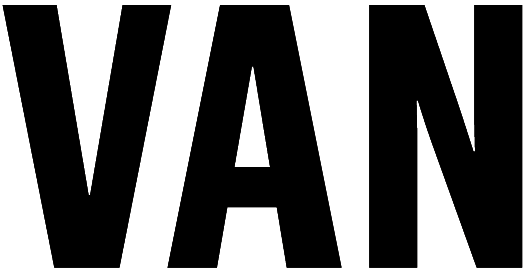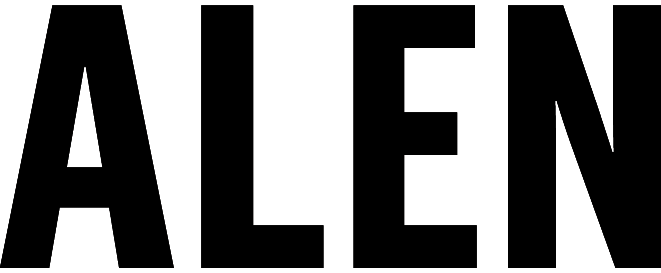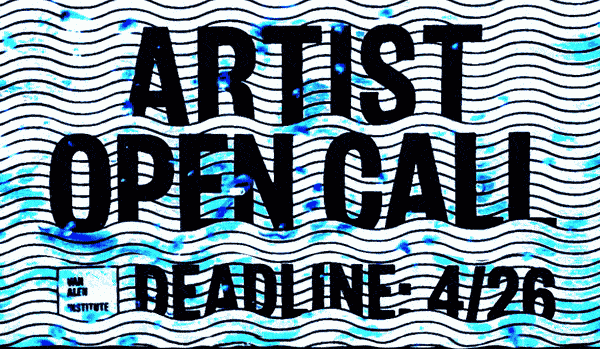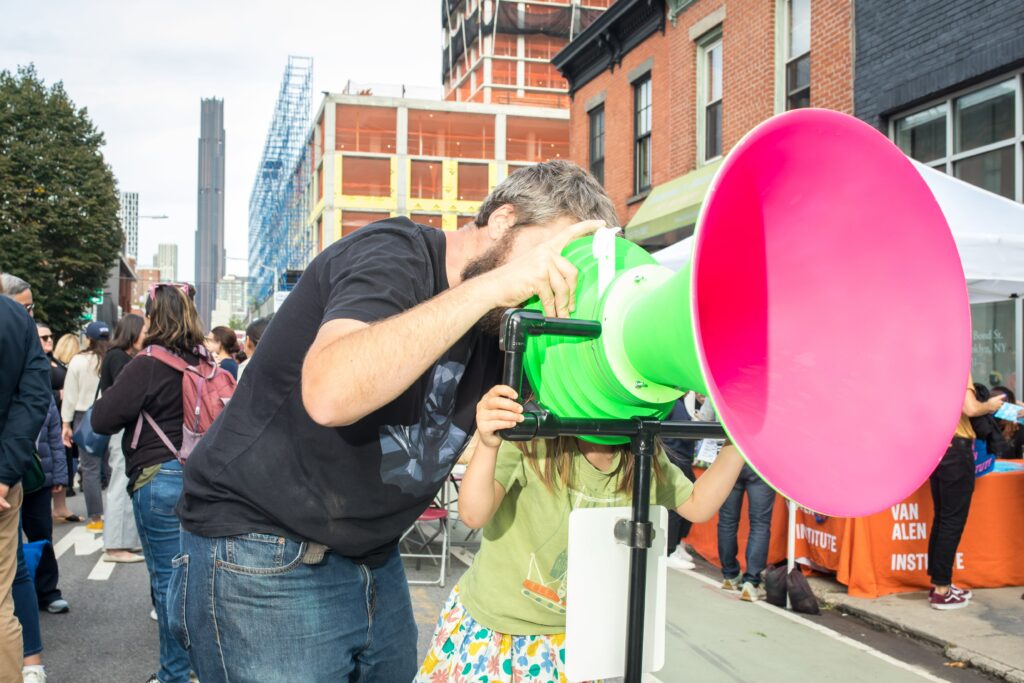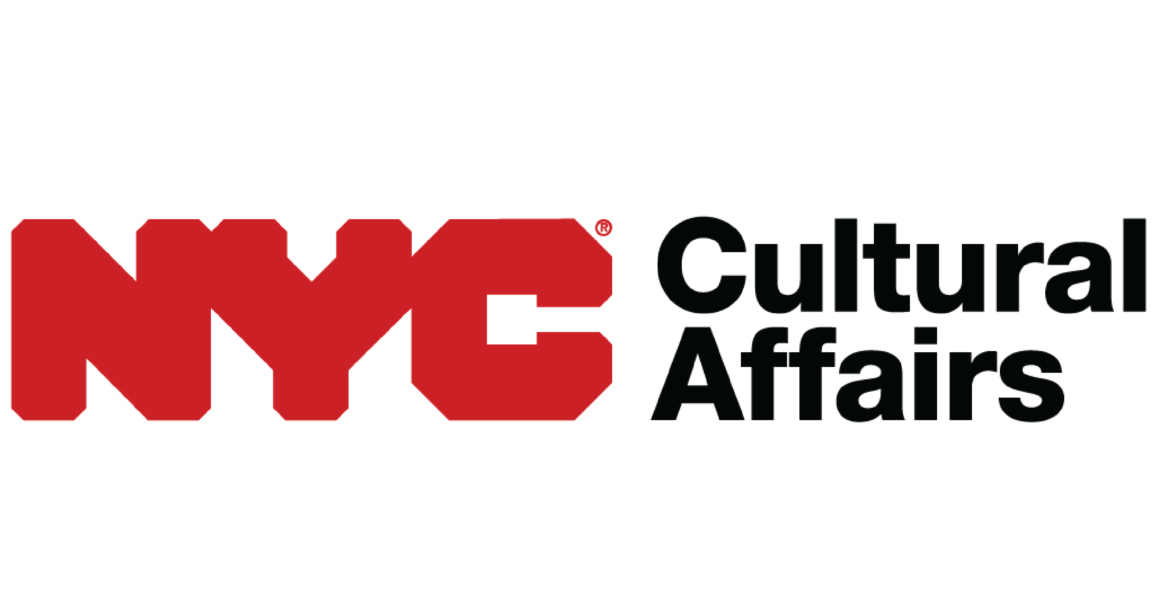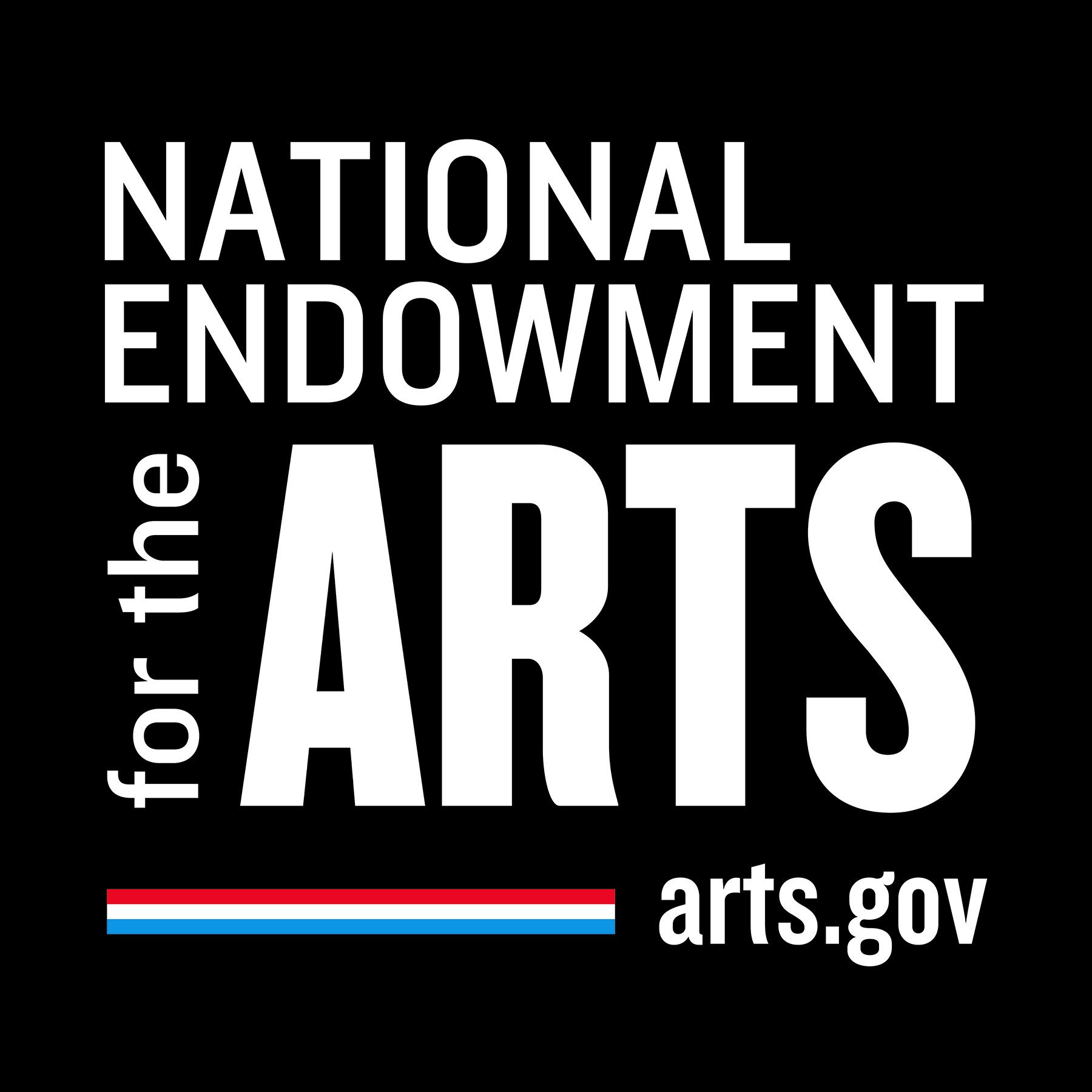Points of Promise
Contents 
Public art and design tools to support civic engagement in Gowanus amidst the neighborhood's redevelopment.
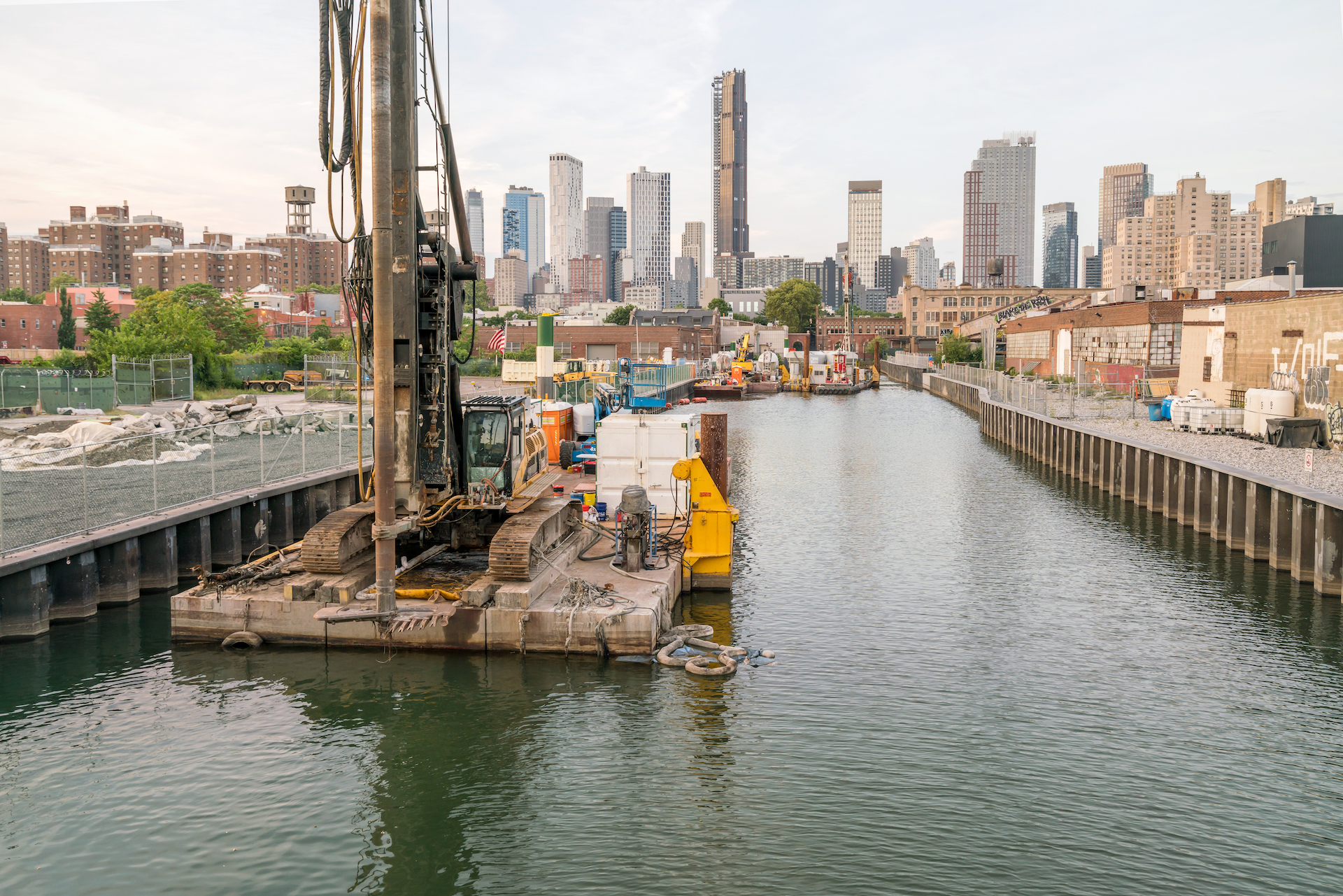
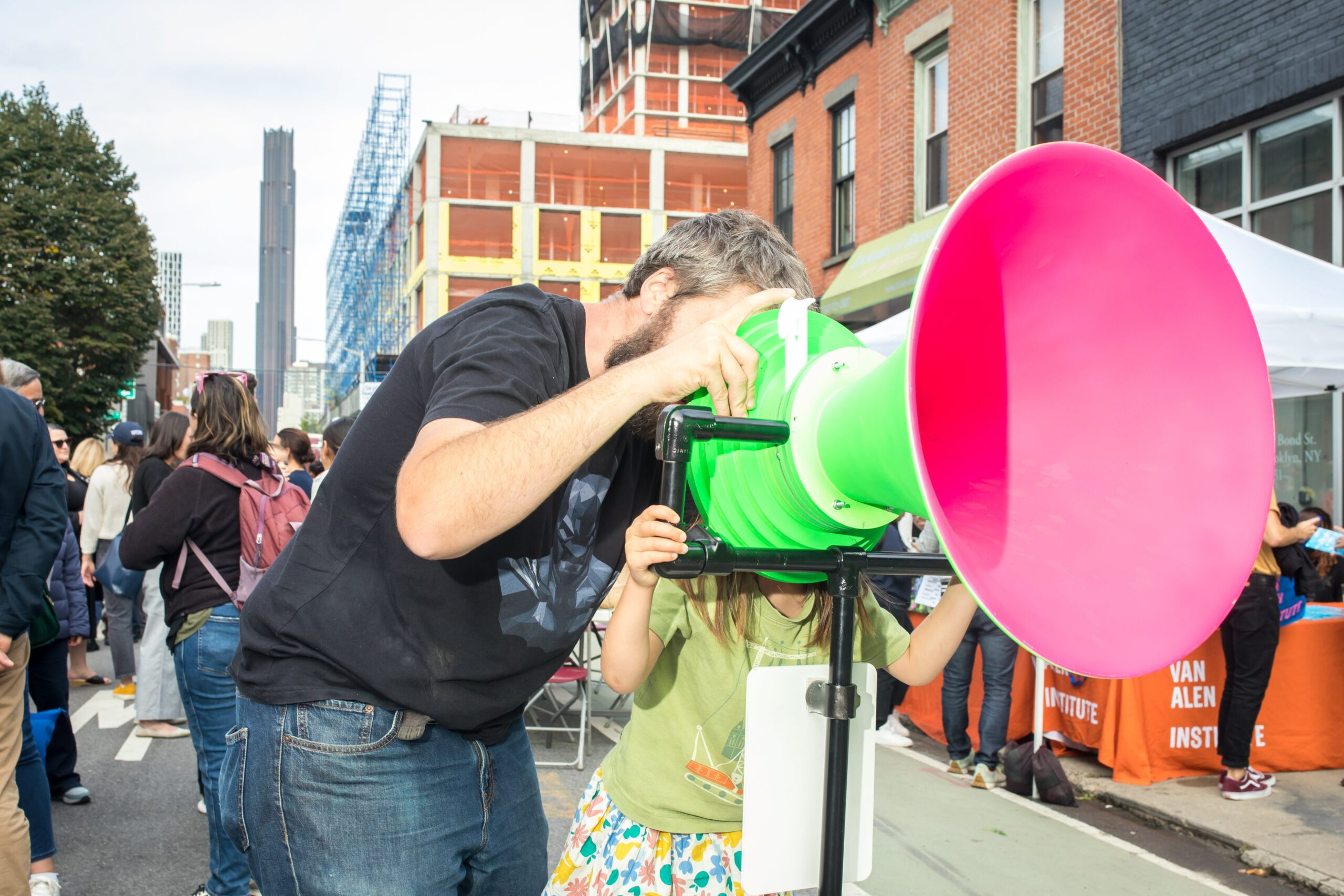
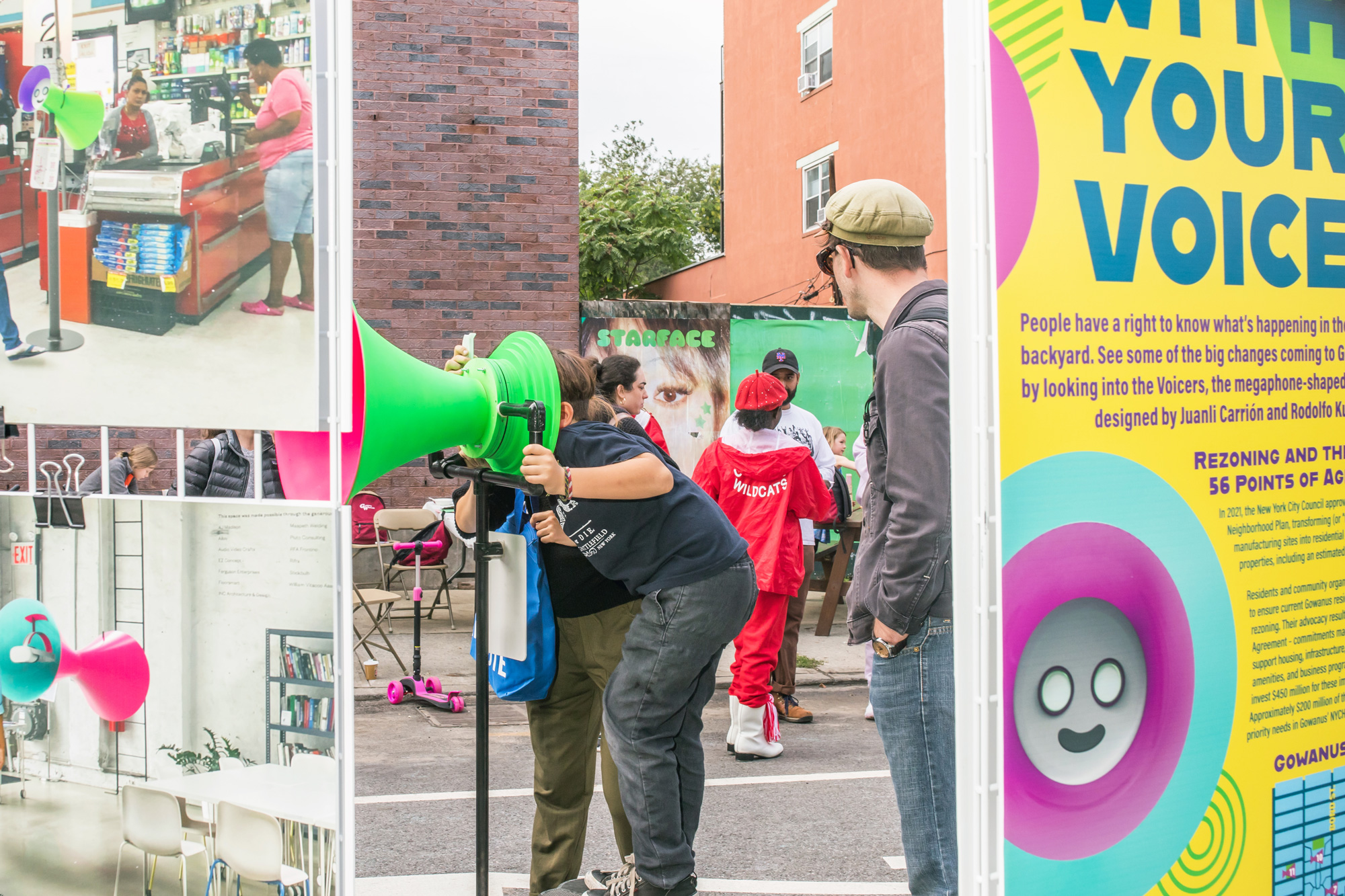
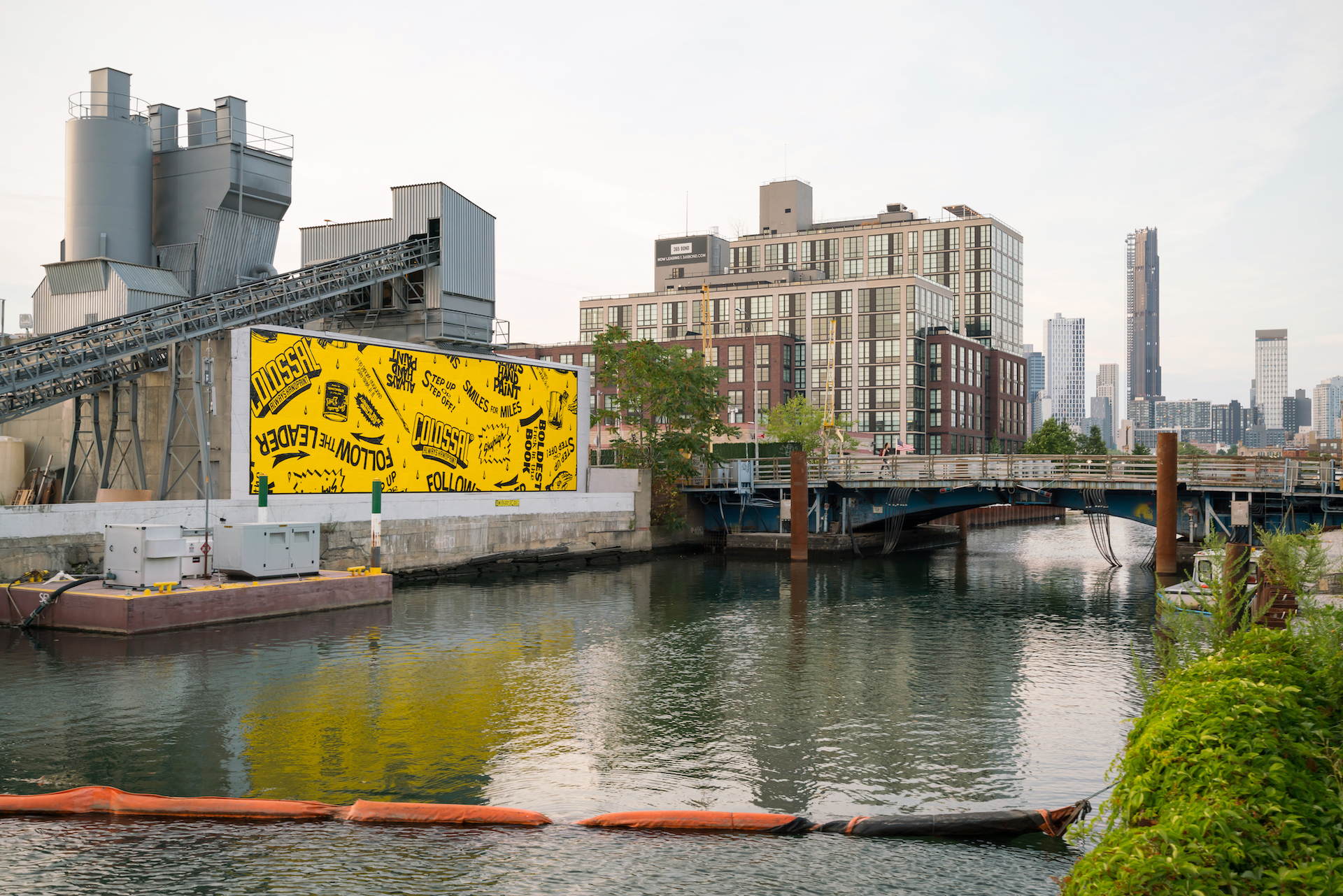
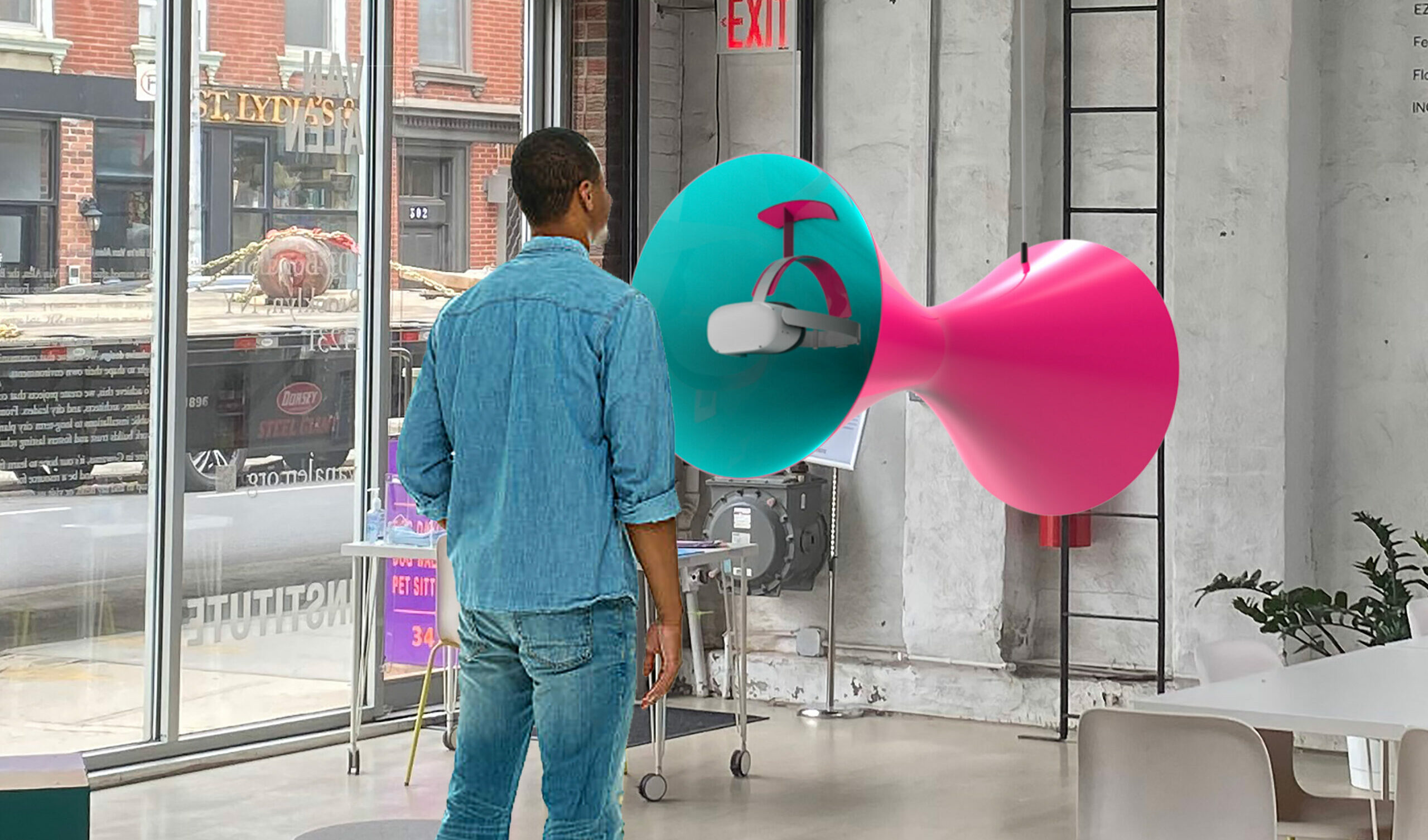
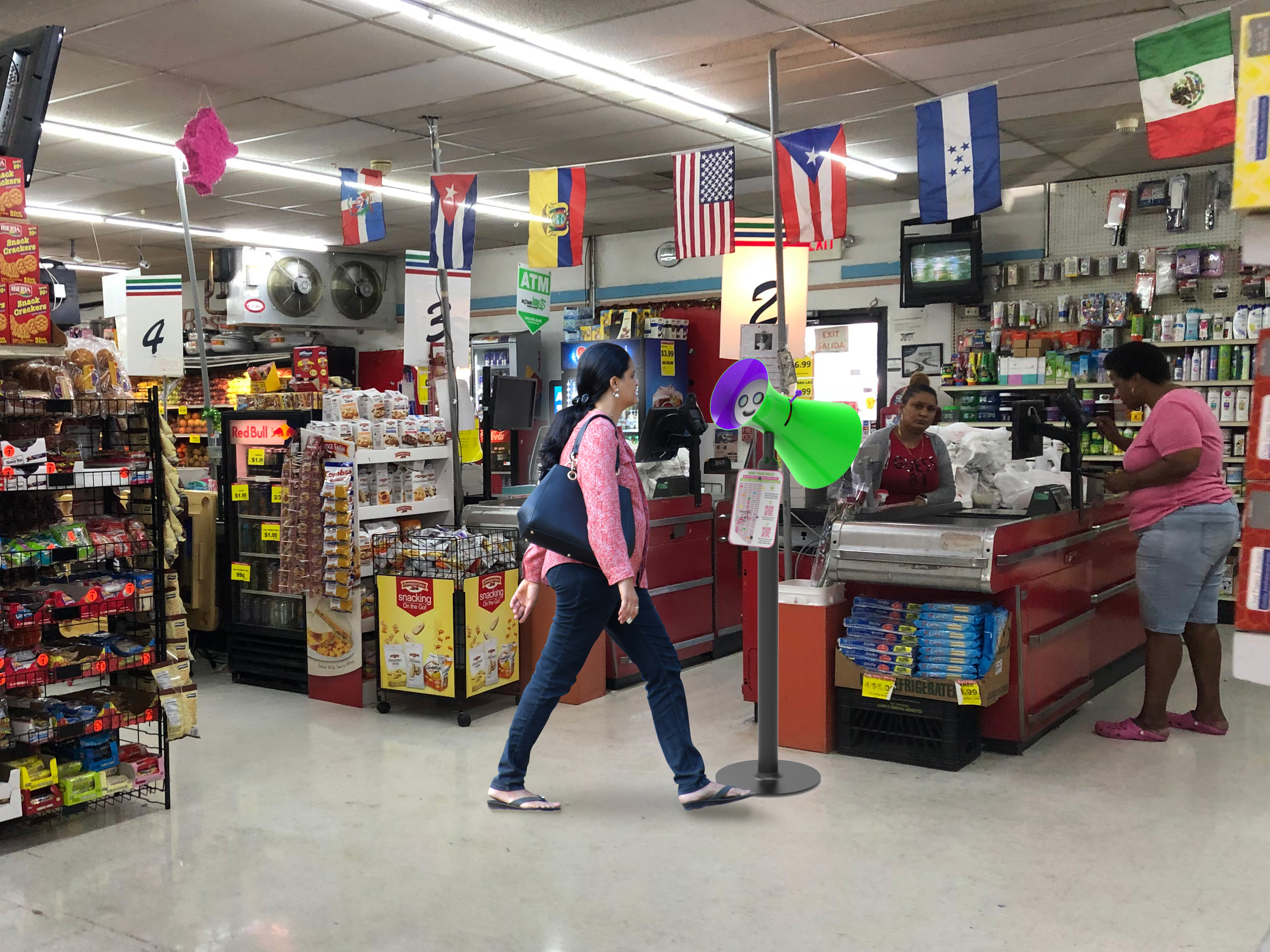
About
Van Alen is now seeking artists in the 2024 Open Call — click here to learn more.
Launched by Van Alen Institute in 2023, Points of Promise is a multiyear initiative to create public art and design tools that support civic engagement and foster connection among Gowanus residents in the midst of significant neighborhood redevelopment.
In 2021, the New York City Council approved the Gowanus Neighborhood Plan, transforming (or “rezoning”) former manufacturing sites into residential and mixed-use properties, including an estimated 8,200 new apartments. Residents and community organizers have been working to ensure current Gowanus residents benefit from the rezoning. Their advocacy resulted in the 56 Points of Agreement (POAs) — commitments made by New York City to support housing, infrastructure, public space, community amenities, and business programs. In total, NYC will invest $450 million for these improvements in Gowanus. Approximately $200 million of that total will address high priority needs in Gowanus’ NYCHA developments.
Points of Promise calls on artists and designers to create local temporary art installations or public space activations that help inform Gowanus residents about these immense changes. Each year, artists are invited to respond to an RFP (request for proposals) that addresses a topic present in the 56 Points of Agreement (POAs). To create these public art and design tools in truly community-led and responsive ways, Van Alen seeks artists and designers with demonstrated experience facilitating community-engaged social practice work that centers the lived experiences and needs of the respective communities they collaborate with.
This initiative was developed with the support of a selection committee of Gowanus residents and local stakeholders from the Gowanus Canal Conservancy, Gowanus Houses Tenants Association, the Gowanus Oversight Task Force, and Gowanus Mutual Aid.
Projects
Points of Promise: Artist Open Call
With Your Voice
56 Points of Agreement
Scroll down to read a condensed version of the 56 Points of Agreement, or click the button below below to read the document in its entirety.
A: Accountability, Implementation, and Community Participation
The Gowanus Neighborhood Plan is built on many years of constructive, thoughtful, and multifaceted community engagement over nearly a decade between City Council, Community Board 6, community organizations, residents, and a large City agency team. The Administration agrees that ongoing coordination and accountability is a keystone of a successful plan, especially one that will be implemented and measured in decades. In addition to the Administration’s current requirement of annual updates on the “NYC Rezoning Commitments Tracker” pursuant to Local Law 175 of 2016, the Administration seeks to ensure a continued dialogue where updates are predictable, consistent, and timely. The longer time horizon for such a plan means a commitment to coordination and accountability must be flexible given the dynamic nature of neighborhoods, community organizations, and Community Boards. Therefore, the Administration commits to a framework for quarterly updates with the community while also developing a longer-term coordination and accountability approach.
1. Support the Council, Community Board 6, and other stakeholders to form a Community Oversight Task Force
2. Work to create a Construction Committee.
B: Public Housing
A central goal of the Gowanus Neighborhood Plan is expanding access to amenities and opportunities for current residents while allowing more New Yorkers to be part of the neighborhood through the preservation and creation of affordable housing. Over 4,000 residents live adjacent to the rezoning area in NYCHA (New York City Housing Authority) housing, and it’s imperative that they also benefit from the investments and improvements that the Plan will bring. To that end, in parallel with direct investments in infrastructure in the specific rezoning area, the City will work with NYCHA to complete strategic capital improvements to address the highest-priority needs identified by NYCHA residents and the NYCHA Capital Planning Division.
3. Fund comprehensive in-unit renovations at all apartments at Gowanus Houses and Wyckoff Gardens.
4. Ensure tenant engagement and oversight of NYCHA investments.
5. Accelerate implementation of Free/Low-Cost Broadband in Gowanus Houses and Wyckoff Gardens.
6. Fulfill commitment to renovate and reopen the Gowanus Community Center and Wyckoff Community Center.
7. Provide MAP services at Gowanus Houses and Wyckoff Gardens.
C: Affordable Housing Tenant Support
The Gowanus Neighborhood Plan is a critical step towards a more diverse, integrated, and equitable Gowanus. The rezoning is expected to lead to approximately 8,500 new homes. This includes approximately 3,000 new affordable homes that will be created through the implementation of MIH in the area and the development of affordable housing on publicly-owned sites. At the center of the plan is Gowanus Green, a sustainable development which will bring approximately 950 new affordable homes for a variety of incomes and populations, along with a new public park, public school, and neighborhood amenities. In the future, the City of New York will continue to explore opportunities for the creation of additional affordable housing on public sites and on privately owned land through the use of its various subsidy programs.
8. Deliver approximately 950 units of affordable housing at Gowanus Green, with at least 50% of units at 50 AMI or below.
9. Advance full remediation at Gowanus Green.
10. Develop affordable housing at Mercy Home (487 4th Avenue).
11. Assist local residents, including NYCHA residents, in preparing for and applying for new affordable housing.
12. Host “know your rights” trainings, for Gowanus area tenants, including NYCHA residents.
13. Inform property owners in the rezoning area of affordable housing preservation opportunities.
D. Small Business Support Workforce Development
Located a short distance from Downtown Brooklyn, between the thriving residential neighborhoods of Carroll Gardens and Park Slope, and to the north of the industrial areas of Sunset Park and Red Hook, Gowanus is well-situated as both a local and regional hub of employment. Anchored by the Gowanus Canal, which historically served as a center for industry and commerce, the Gowanus Neighborhood Plan seeks to reinforce the mixed-use character of the community, supporting the growth of a wide range of non-residential uses, including office and retail-based uses, alongside local artists, makers, and small-scale industrial businesses that build upon the neighborhood’s current business environment. Through the commitments outlined below, the City will ensure that support is in place to allow existing and new businesses to thrive and local residents to gain access to quality jobs.
14. Create a “Gowanus Program Manager” position, which will oversee all business and workforce strategies related to the Gowanus rezoning.
15. Create a Gowanus Business Grant Program.
16. Support M/WBE businesses through city programming.
17. Work with Gowanus businesses to connect them to capital access services.
18. Deploy the SBS Mobile Unit to the Gowanus neighborhood monthly.
19. Design and Deliver Workforce Training for Local Residents.
20. Connect Gowanus residents to construction and green manufacturing training programs.
21. Conduct Workforce Outreach and Virtual / In – Person Recruitment Events.
E. Industrial Business Zone
The Gowanus portion of the Southwest Brooklyn Industrial Business Zone (IBZ) continues to serve as an active, transit-accessible employment hub for industrial and commercial businesses, including artists, manufacturers, and various office- and retail-based uses. While the IBZ portion of Gowanus is not subject to land use actions as part of the Gowanus Neighborhood Plan, the City recognizes the crucial need to reinforce the Gowanus IBZ as a 21st century job hub and proposes to advance key infrastructure and workforce development priorities, which were shaped by the Gowanus IBZ Vision Plan and its public engagement process.
22. Support the expansion of broadband internet access in the Gowanus IBZ.
23. Continue to provide updates on sewer and draining infrastructure work.
24. Help IBZ businesses and property owners meet resiliency and sustainability goals.
25. Conduct a study of traffic circulation in IBZ/3rd Avenue and additional improvements.
26. Support access to industrial sector jobs for Community Board 6 residents.
27. Continue engagement with local stakeholders on the Gowanus IBZ Vision Plan’s framework and workforce and infrastructure recommendations.
F. Open Space Waterfront Access Plan
As part of the Gowanus Neighborhood Plan, Parks and the DCP have worked with local stakeholders to better understand Gowanus’ open space priorities to develop an array of capital projects to enhance existing parks and recreational facilities. The City also recognizes that there have been many years of planning and community advocacy for waterfront open space in Gowanus. At the Plan’s core is the transformation of the Gowanus Canal to a unique waterfront asset – new public open spaces on both sides of the canal, including the new park at Gowanus Green, the first new park within Community District 6 under the Parks Department’s jurisdiction in more than 25 years, will provide much-needed new welcoming and accessible recreation space for all users, Gowanus residents, workers, and visitors alike.
28. Support the community’s effort to create a Gowanus Waterfront Business Improvement District.
29. Advance planning to remediate and renovate Thomas Greene Playground while maintaining public access to comparable facilities.
30. Create a new city-owned waterfront park adjacent to Gowanus Green.
31. Construct open space at the future Head-End CSO site.
32. Provide open space and ecosystem restoration at the Salt Lot site following community engagement.
33. Create a promenade connecting the Gowanus Esplanade to 9th Street.
34. Renovate Boerum Park.
35. Study potential pedestrian bridges at key crossing points.
36. Open School Yards to Playground in the neighborhood.
37. Create new open space at the Bond Street street end.
38. Work to identify suitable and feasible locations for in-water recreational access and share design concepts with Gowanus Community prior to Waterfront Certification.
G. Sustainability Resiliency
As Hurricane Ida vividly illustrated, climate change is a public health, environmental justice, and racial justice issue that must be taken seriously across our City. Mayor de Blasio’s report “The New Normal: Combatting Storm-Related Extreme Weather in New York City,” provides a new blueprint to prepare for and respond to extreme weather. The announcement included significant funding to support the report’s recommendations with $2.1 billion in new funding for DEP, with $238 million in accelerated funding for crucial DEP projects. The Gowanus community has endured decades of chronic street flooding and historic contamination in the Gowanus Canal. Major capital work in Gowanus will help reduce chronic street flooding locally with major upgrades planned to sewers and pump station. This work compliments existing investments in the neighborhood including high-level storm sewers, green infrastructure and upgrades to the Gowanus pumping station. Working with a variety of stakeholders, DEP continues advancing construction on two new sewage retention tanks that reduce combined sewer overflows into the canal. Coupled with the city’s Unified Stormwater Rule, which creates stricter requirements for stormwater management on new development sites, the reduction in flow entering combined sewers will be sufficient to protect the effectiveness of the permanent CSO control measures. The Gowanus Neighborhood Plan compliments and supplements the in-Canal cleanup with requirements for remediation of upland brownfields. In addition, with the new forthcoming stormwater rule, the recently passed legislation requiring solar or green roofs for many new developments, and a number of other tools and policies, the Gowanus Plan will support the overall cleanup and remediation of the neighborhood.
39. Apply the new Unified Stormwater Rule to all new development that discharges to sewers in the rezoning area.
40. Monitor changes in sanitary and storm water loading within the Gowanus Sewershed.
41. Report on compliance with the Unified Stormwater Rule.
42. Include Gowanus, Red Hook, and Gowanus IBZ in upcoming Cloudburst studies.
43. Upgrade sewer infrastructure to alleviate flooding conditions.
44. Comply with EPA’s timeline for constructing CSO retention tanks as mandated in Gowanus Superfund ROD.
45. Assist in continued provision of composting and temporary relocation of nursery site during Salt Lot CSO construction.
46. Target outreach around green building infrastructure through NYC Accelerator.
H. Transportation Streets
Ensuring safe streets and advancing pedestrian access is a key part of the Gowanus Neighborhood Plan. Through the below commitment, DOT will provide pedestrian and streetscape improvements at key locations throughout the rezoning area.
47. Provide pedestrian and streetscape improvements at priority locations.
48. Explore pedestrian improvements at Nevins Street.
49. Increase pedestrian access and safety at 3rd Street and Carroll Street bridges.
50. Improve design, permitting and construction coordination at street ends.
I. Community Facilities
The Gowanus Neighborhood Plan will advance educational facilities in the rezoning area, advancing planning for a school at Gowanus Green and providing innovative tools to encourage the inclusion of public schools as part of mixed-use residential buildings if seats are needed. It will also honor the cultural and historical heritage of the neighborhood, preserving key historic buildings, increasing opportunities for public art and historic interpretation, and investing in local institutions.
51. Enhance the Old Stone House by upgrading facilities and improving accessibility.
52. Renovate the Pacific Street Library.
53. Construct a school at Gowanus Green.
54. Require notification of development in school siting opportunities.
55. Increase opportunities for public art and historic interpretation.
56. Target EDC Industrial Developer Loan Fund to facilitate potential Gowanus Mix spaces.
